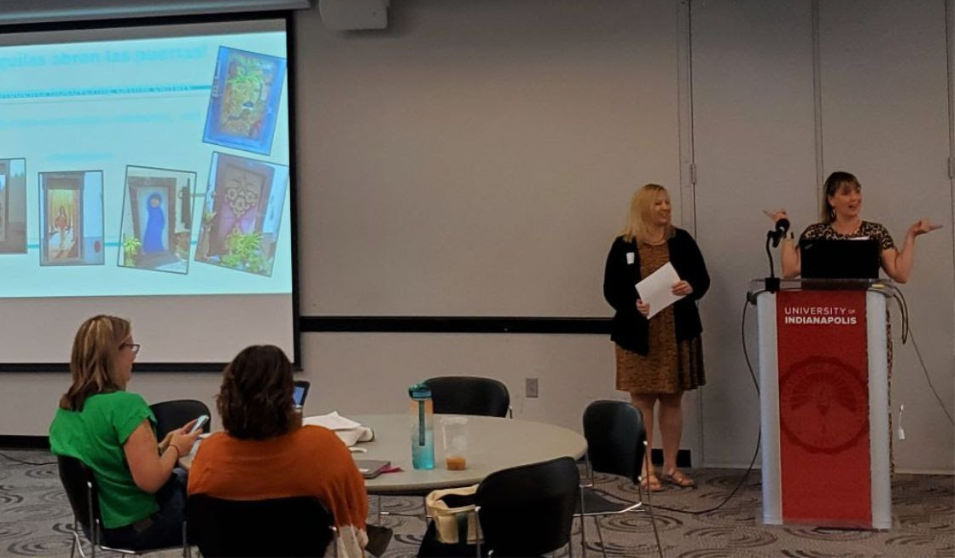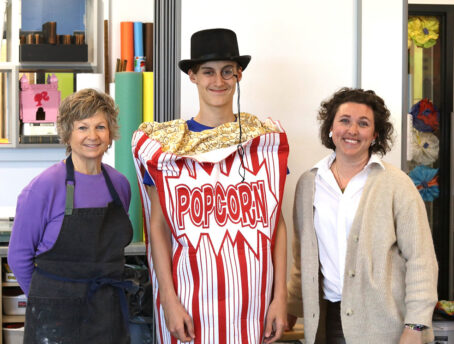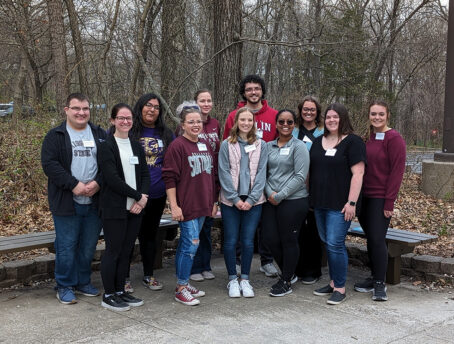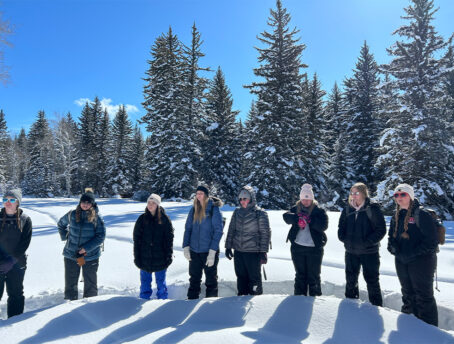Thanks to Dr. Jeremy Eltz, Director of Rural Education at University of Indianapolis CELL (Center for Excellence in Leadership of Learning) and RSC's Indiana & Great Lakes Hub Contact and Grants In Place Selection Committee Member, for sharing this feature with us. Below, Krista Hensley, Dr. Eltz's colleague and a Place-based Education trainer, reflects on the importance on Place-based Education in rural contexts, and celebrates the the variety of ways it is implemented in Indiana.
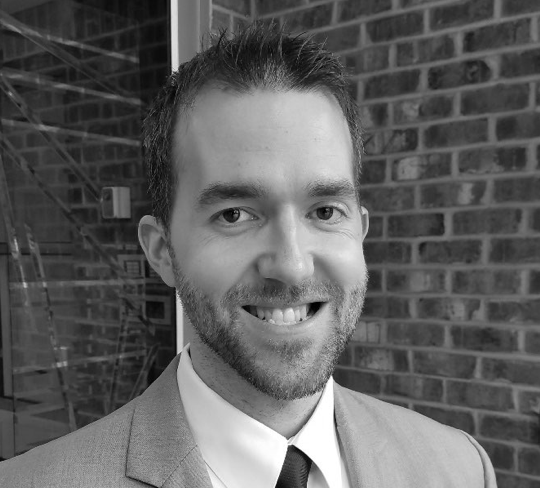
“Real World, Real Experiences, Real Connections.” This is one message we received when we asked our rural teachers to share why their Place-Based Education (PBE) projects should be considered an example of “real” education. Another teacher shared this: “It connects them to their communities and the 'real people' that live by them. There are real problems and real projects and real tasks to be completed outside of the four walls of the school.” As we continue to look for ways to engage our students, we hope that more teachers will learn about the positive impact that PBE has on our students and their communities.
In simple terms, this is PBE: “Place-based learning engages students in their community, including their physical environment, local culture, history, or people. With place-based learning, students get to see the results of their work in their community. They build communication and inquiry skills, learn how to interact with any environment and gain a better understanding of themselves, as well as their place in the world” (Edutopia).
The projects can take place in any discipline and any level of student. The projects can involve one class or several. They can be cross-curricular. The project can be as simple as planting a community garden to creating a new website to increase tourism in your community. Or it can even be building a local nonprofit coffee shop, which is currently happening in Seeger, Indiana. PBE goes beyond PBL in that it connects the students to their community, creating a sense of place for the students.
We concluded our inaugural year, which included 14 of Indiana’s rural schools, with a gathering of teachers for a showcase of their projects. While we knew the projects would be meaningful, we were still in awe at how worthwhile these projects were. The projects give students a stronger sense of community, and a sense of place, which in turn, allows them to feel a sense of belonging, making them want to be a part of something bigger than themselves.
These are the 14 schools that created PBE projects with their communities: Bedford North Lawrence, Delta, Franklin County, Greensburg, Lincoln (Vincennes), Logansport, Northridge, Park Heritage, Perry Central, Rising Sun, Seeger Memorial, Sheridan, Shoals, and Winchester. Bravo to the teachers, their students, and the administrators who supported the projects along the way. As one other teacher concluded: PBE is real because “it shows students how what they’re learning can be applied to the world outside of the classroom.”
If you are interested in learning more about CELL’s work with PBE, you may contact Jeremy Eltz eltzj@uindy.edu or Krista Hensley khensley@uindy.edu for more information. For more resources on place-based education, check out Teton Science Schools website with ways to get started.

